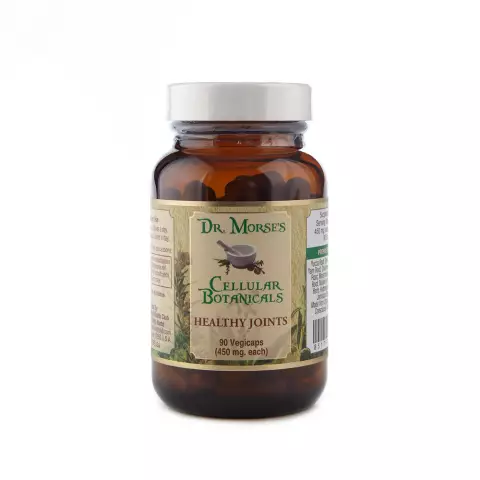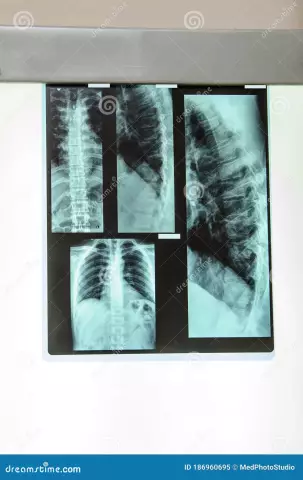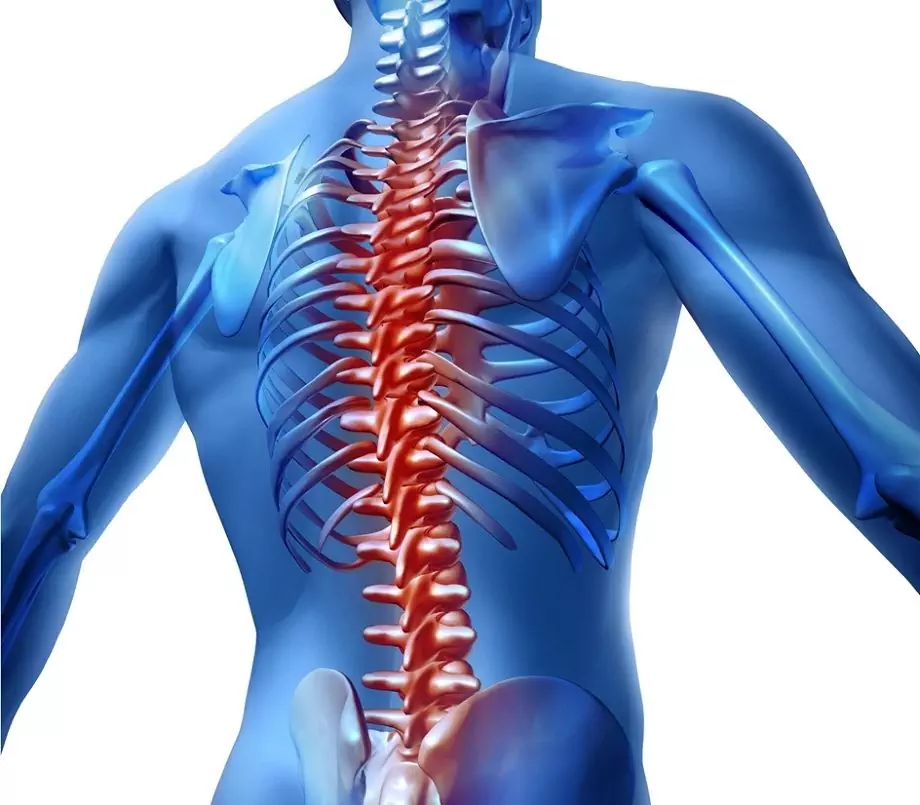- Author Rachel Wainwright [email protected].
- Public 2023-12-15 07:39.
- Last modified 2025-11-02 20:14.
Synovitis
Brief description of the disease
Knee injuries are one of the most serious problems in modern orthopedics. In particular, inflammation of the synovial membrane of the joint, accompanied by the formation of effusion, causes great inconvenience to people. This disease is called synovitis. The problem can appear after injuries to the knee joint, if an infection enters the body, as well as after arthritis, allergies or hemophilia.
Traumatic synovitis

The most common and therefore well-studied form of synovitis. It manifests itself as a reaction of the body to certain types of intra-articular damage.
In this case, synovitis of the joints occurs as a result of the banal destruction of the surrounding tissues. In this case, all patients show the formation of effusion in the joint area. Note that traumatic synovitis of the knee joint can occur without any visible trauma, for example, as a result of insufficiency of the ligamentous apparatus.
Acute traumatic synovitis of the joints
Acute synovitis, the symptoms of which appear quite clearly already in the first stages of the disease, must be distinguished from hemarthrosis. The obvious signs of acute synovitis are a change in the shape of the joint, an increase in body temperature, severe pain on palpation, and the formation of effusion. Also, in the presence of this form, patients have a severe limitation of joint mobility, which leads to a significant deterioration in the quality of life.
Chronic traumatic synovitis of the joints
The chronic form of the disease is rare. In the early stages, its diagnosis is a serious problem, since the clinical manifestations are very weak. As a result, chronic synovitis of the knee joint, the treatment of which is started too late, leads to numerous complications. Any disease is easier to prevent than to cure, and synovitis is no exception to the rule. Initially, the inflammatory process manifests itself in the form of rapid fatigue when walking and minor aching pains. Then an effusion begins to accumulate in the articular plane, leading to the so-called dropsy of the joint. After this, the ligaments are stretched, progressing to dislocation of the joint and complete immobility of the person. A small nuance: the consequences that chronic synovitis of the knee joint can lead to,are not even associated with the rapid development of pathology, but with impaired blood circulation and lymph circulation in the area of the affected tissues. That is why doctors pay great attention to the treatment of synovitis and early diagnosis of the disease.
Synovitis - treatment with standard methods

Treatment of joint inflammation is carried out in a complex. First of all, doctors correct anatomical and metabolic disorders in the area of the inflammation focus. The question of the need for surgical intervention in each case is decided separately, taking into account the severity of the damage and the nature of the changes that have occurred. To do this, the patient undergoes a puncture - a diagnostic manipulation that involves puncturing the skin and taking a tissue sample. Synovitis, the symptoms of which are too severe, requires rigid stabilization of the joint with splints and hypothermia. But without serious evidence, it is impossible to resort to this measure, since it often leads to unpleasant complications.
Recurrent synovitis of the joints, which is not uncommon today, is successfully treated with drugs that neutralize the appearance of relapses - brufen, indomethacin, heparin, rumalone and salicylates. Patients are also shown physiotherapeutic procedures (electrophoresis, UHF, phonophoresis). Their use requires appropriate knowledge, and therefore it is advisable to visit these procedures only after consulting an experienced specialist.
If synovitis, the treatment of which has hitherto been carried out exclusively by conservative methods, continues to progress, then specialists are forced to resort to surgical intervention. In this case, the patient with synovitis undergoes a subtotal or total synovectomy, in which the cavity of the knee joint is opened, followed by revision and removal of foreign bodies. After the operation, the patient is shown hemostatic and anti-inflammatory therapy, as well as a decrease in physical activity, which prevents the occurrence of relapses.
Synovitis - treatment with folk remedies
Here are the most effective, time-tested recipes for alternative treatment of synovitis.
- take a collection of herbs mistletoe, yarrow, thyme, echinacea, oregano, eucalyptus, birch leaf, walnut and tansy. Prepare an infusion from this collection according to the following recipe: a tablespoon of the herb is poured with two glasses of boiling water, after which the displacement is infused for 1 hour and filtered. The infusion is taken between meals in equal portions throughout the day;
- As an anthelmintic agent, doctors advise using black walnut tincture. She perfectly cleanses the blood and drives out many parasites. Tincture is taken 3 times a day before meals, 1 teaspoon;
- to eliminate many of the consequences of injuries, comfrey is suitable. It quickly heals damaged tissues and prevents the necrosis process from spreading to the deeper layers of the epithelial cover. Comfrey also makes a good compress, especially if you mix it with lard.
YouTube video related to the article:
The information is generalized and provided for informational purposes only. At the first sign of illness, see your doctor. Self-medication is hazardous to health!






